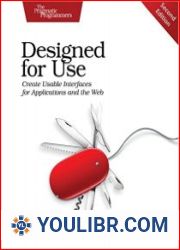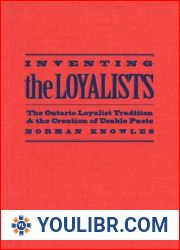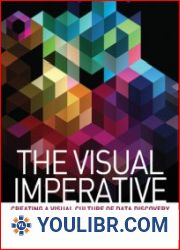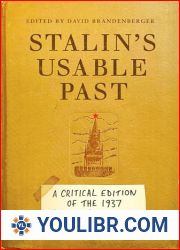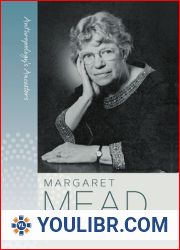
BOOKS - On Creating a Usable Culture: Margaret Mead and the Emergence of American Cos...

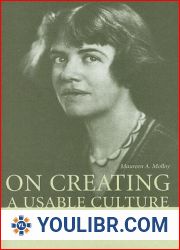
US $6.64

250184

250184
On Creating a Usable Culture: Margaret Mead and the Emergence of American Cosmopolitanism
Author: Maureen A. Molloy
Year: March 1, 2008
Format: PDF
File size: PDF 18 MB
Language: English
Year: March 1, 2008
Format: PDF
File size: PDF 18 MB
Language: English
Margaret Mead's career took off in 1928 with the publication of Coming of Age in Samoa. Within ten years, she was the best-known academic in the United States, a role she enjoyed all of her life. In On Creating a Usable Culture, Maureen Molloy explores how Mead was influenced by, and influenced, the meanings of American culture and secured for herself a unique and enduring place in the American popular imagination. She considers this in relation to Mead's four popular ethnographies written between the wars ( Coming of Age in Samoa, Growing Up in New Guinea, The Changing Culture of an Indian Tribe, and Sex and Temperament in Three Primitive Societies ) and the academic, middle-brow, and popular responses to them.Molloy argues that Mead was heavily influenced by the debates concerning the forging of a distinctive American culture that began around 1911 with the publication of George Santayana's and "The Genteel Tradition. and " The creation of a national culture would solve the problems of alienation and provincialism and establish a place for both native-born and immigrant communities. Mead drew on this vision of an and "integrated culture and " and used her and "primitive societies and " as exemplars of how cultures attained or failed to attain this ideal. Her ethnographies are really about and "America, and " the peoples she studied serving as the personifications of what were widely understood to be the dilemmas of American selfhood in a materialistic, individualistic society.Two themes subtend Molloy's analysis. The first is Mead's articulation of the individual's relation to his or her culture via the trope of sex. Each of her early ethnographies focuses on a and "character and " and his or her problems as expressed through sexuality. This thematic ties her work closely to the popularization of psychoanalysis at the time with its understanding of sex as the key to the self. The second theme involves the change in Mead's attitude toward and definition of and "culture and "-from the cultural determinism in Coming of Age to culture as the enemy of the individual in Sex and Temperament. This trend parallels the consolidation and objectification of popular and professional notions about culture in the 1920s and 1930s.On Creating a Usable Culture will be eagerly welcomed by those with an interest in American studies and history, cultural studies, and the social sciences, and most especially by readers of American intellectual history, the history of anthropology, gender studies, and studies of modernism.
























